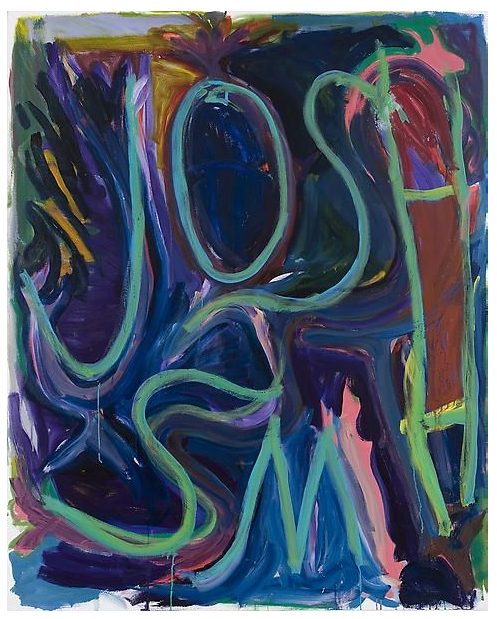
Let's see your John Hancock
If you’re like me, signing your work might be an uncomfortable part of the process. There are many excuses I can come up with. Just to name a few… it messes with the composition, I’m not committed to a particular signature, I might decide to work on it again later, or maybe it’s just not my best work and I don’t really want to claim it. So do I have to sign it?
This is a lot of pressure that anyone who makes art understands and anyone who doesn’t can’t. Fortunately, I think you have some choices. After all, this is art we are talking about. The process is a series of choices and you are the decider.
This brings us to our first stop, considering tradition. Artist’s sign for three main reasons that are worth reviewing while reconsidering what it is that you want your signature to do for you. First off, it proves it’s their own. Plain and simple, it’s the same reason we sign receipts and bank checks, and for many years of my life, homework. Secondly, it can add value to the art showing a clear provenance, that the work is original and authentic. Of course, this is only really true if your name has clout and value to begin with, but on the flip side it’s not worth waiting until then to figure out if that ever happens. Thirdly, it denotes that a work is finished and complete. Done and done, like hitting the send button on an e-mail. This may not actually be the case, but I always find it mentally hard to go back into a work after I have signed it. Perhaps it’s more like finishing a book. You can go back and read it again… or you could just move onto the next. I suppose the fourth reason would be tradition. It’s what artists have done for centuries, so why mess with what works?
Well for starters, we are artists. It’s what we are called to do, mess with tradition, question our surroundings, make things that never existed in the world before. With great power comes great responsibility. So I invite you to take a second look and really think about your mark.
For inspiration, let’s turn to James McNeill Whistler, one of the great American painters of the late 19th century. Whistler used the symbol of the butterfly to sign his work. It changed drastically in the amount of detail and at one point became so abstract that it basically looked like three smudges of paint. My point is, that if Whistler can bend the rules, so can you. Try different ideas out. Perhaps your signature is graphic and bold like Albrecht Dürer, or overt and ostentatious like a Josh Smith painting. Or, maybe you're more like me and don’t want to mess around with the composition you just spent weeks perfecting and would rather keep it along the side of the canvas, out of sight, but there none the less should it become worth millions after my time. After the hundreds of other choices you made while making the work, what is one more? But seriously, this one is worth a second thought, in case you hadn’t already agonized over it enough. You don’t have to take my word for it. Check out this short video.


